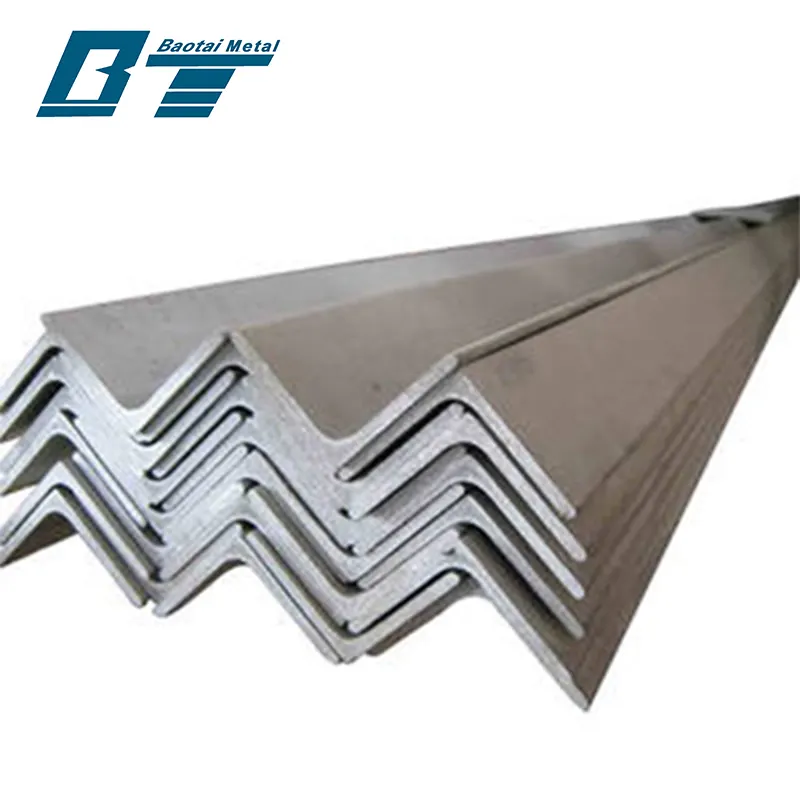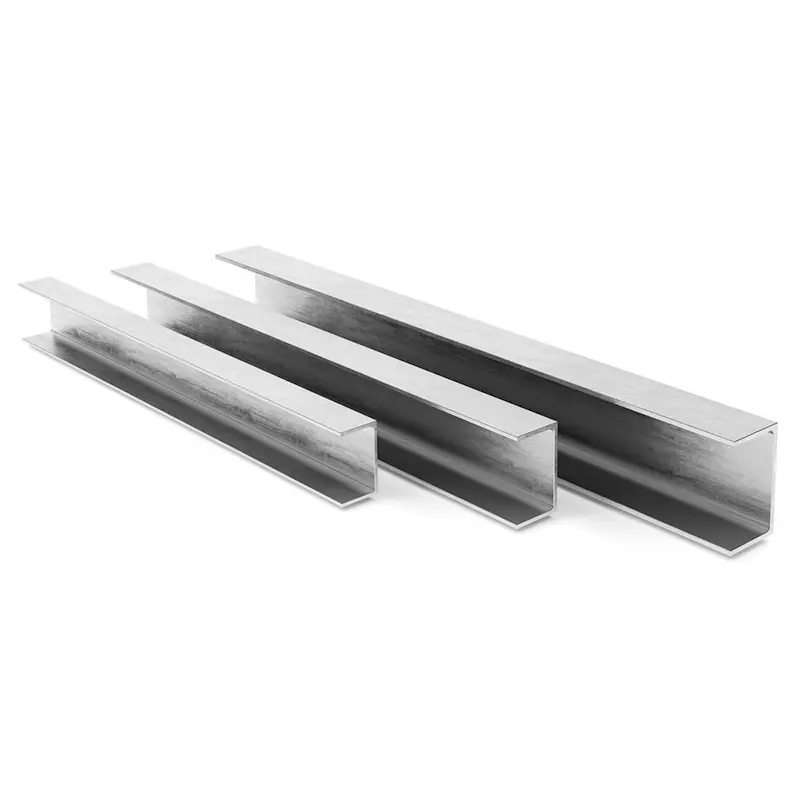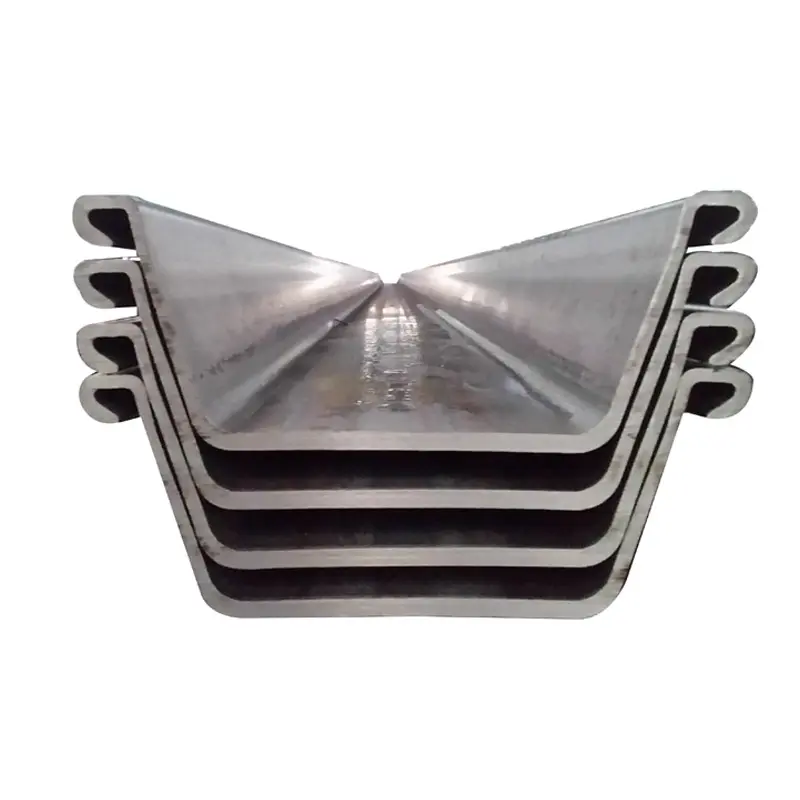High strength angle bar is engineered to deliver superior load bearing capacity in demanding applications, combining elevated tensile strength with maintained ductility. These bars typically incorporate alloying elements like manganese, chromium, or nickel into the carbon steel matrix, with carbon content ranging from 0.25% to 0.50% to achieve yield strengths exceeding 345 MPa (e.g., ASTM A572 Grade 50) and tensile strengths up to 690 MPa. The microstructure is optimized through controlled rolling or heat treatment (quenching and tempering) to form fine grained ferrite pearlite or bainitic structures, enhancing toughness and impact resistance—critical for cold climate applications where impact tests at 20°C are standard. High strength angle bars excel in large span bridges, heavy machinery supports, and offshore platforms, where their reduced section sizes minimize material weight without compromising safety. Weldability is managed via carbon equivalent (CE) calculations, often requiring preheating for sections over 16mm to prevent hydrogen induced cracking. Surface treatments like zinc rich primers or duplex coatings protect against corrosive environments, while precision manufacturing ensures tight dimensional tolerances for seamless assembly. As industrial designs trend toward lightweight efficiency, these bars enable engineers to optimize load paths and reduce structural bulk, driving innovation in high rise construction and heavy equipment design.


